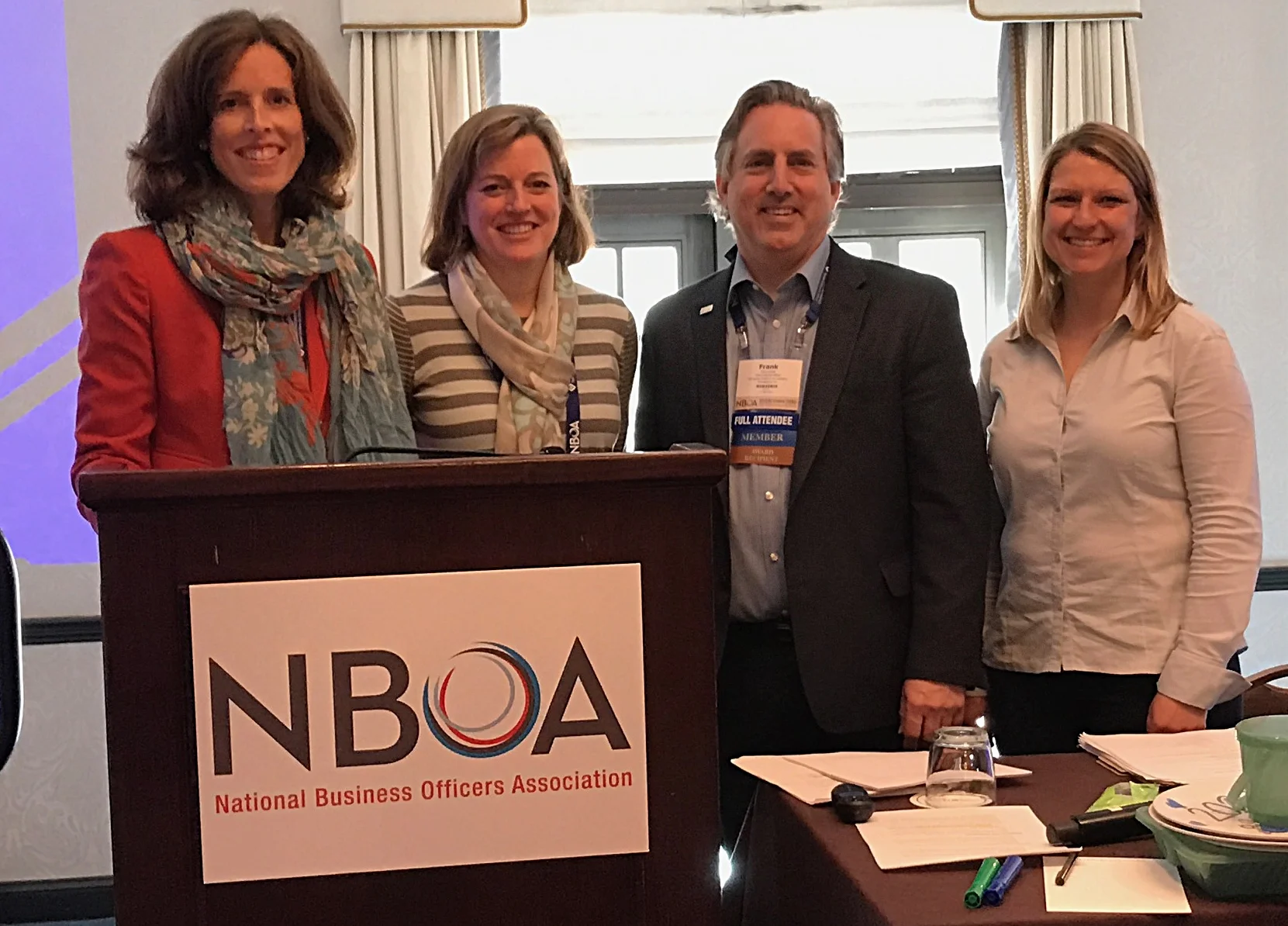Boyer Sudduth has compiled a list of grant opportunities for K–12 schools for the 2025–2026 academic year, including application links and deadlines. These grants provide valuable resources to support sustainability initiatives and help schools and communities grow greener.
2024-2025 School Grants
Six Grant Writing Tips to Green Your School
2021 Grants to Green Your School
Garden Grants to Green Your School
Celebrate Your School’s Sustainability Success
Has your school made significant progress on its sustainability goals through reduced environmental impact, improved health and wellness, and increased environmental literacy? If so, consider applying for the U.S. Department of Education’s Green Ribbon School Award. This national award, considered the top honor for green schools, celebrates and recognizes schools that have achieved excellence in sustainability.
How To Fund your Green Project
Thinking about bringing extra money to your school? Here are six tips to get you started on your grant writing venture!
1. Know Your Audience
Get to know your funder’s mission and purpose of the grant. Don’t be afraid to “toot your own horn” about your past accomplishments. Highlight how your project will align with the funder’s mission. It never hurts to set up a face-to-face meeting or a phone call to learn more about the grant opportunity. This gives the funder a chance to get to know you better. Take time to research about past grant recipients to gauge whether you would be a strong match.
2. Can the Project Be Sustained?
Awarding a grant is a type of financial investment to promote the funder’s mission and goals. Therefore, funders want to make sure they are supporting a “sustainable” organization that will continue on even after the grant has been used.
Demonstrate that you are proactive in securing other funds and resources:
List grants you have applied, even if you were not selected
If possible, match the grant - whether it’s through another grant, fundraising, or donations
Community support will help your organization withstand difficulties and thrive. This includes but is not limited to:
Partner organizations
Volunteers and their skills and expertise
3. Details, Details, Details
Be as specific as you can about how you are going to spend the grant money.
Poor example: “The funds will be used to purchase materials we need for composting leftover food from the dining hall.”
Better: “The funds will be used to purchase a composter and to print and laminate signage about composting designed by students.”
Even Better: An easy to read, itemized chart. Bulleted description and photo of each item may be helpful as well.
4. Be Concise
While it is important to be specific, it is just as important to make your application easy to read and process. The grant reviewer will be reading a number of other applications and unnecessary language or “fluff” takes away from the clarity of your project.
Use bullets, charts, lists
Include images: pictures are worth 1,000 words when used right
Make every word count
5. Don’t Be Afraid To Be Different
The history or specific needs of your community can set your application apart from others. Need is more than just economics - it can also include access to resources, health disparities and social justice. Your application becomes stronger and more convincing when you demonstrate how the grant will address the unique needs of your community.
6. Be Enthusiastic
Don’t be afraid to show enthusiasm for your project. It is reassuring for the funders to know that their grant award will be appreciated and spent responsibly.
Here is an on-going grant to check out: Donors Choose. This organization connects your classroom to a community of donors who fund classroom projects.
No grant is too small to help your idea grow into a successful project!
Written by Grace Yi, a Nature Preschool Teacher at Schuylkill Center for Environmental Education and intern at Boyer Sudduth Environmental Consultants
Resources Used:
How to Apply for Grants: 1-2. KidsGardening, 2016. Print.
School Garden Grant Writing Suggestions: 1-7. Whole Kids Foundation, 1 June 2014. Web.
Picture: Nonprofit News: Grant-writing Survival Tips for Counselors. Web.












